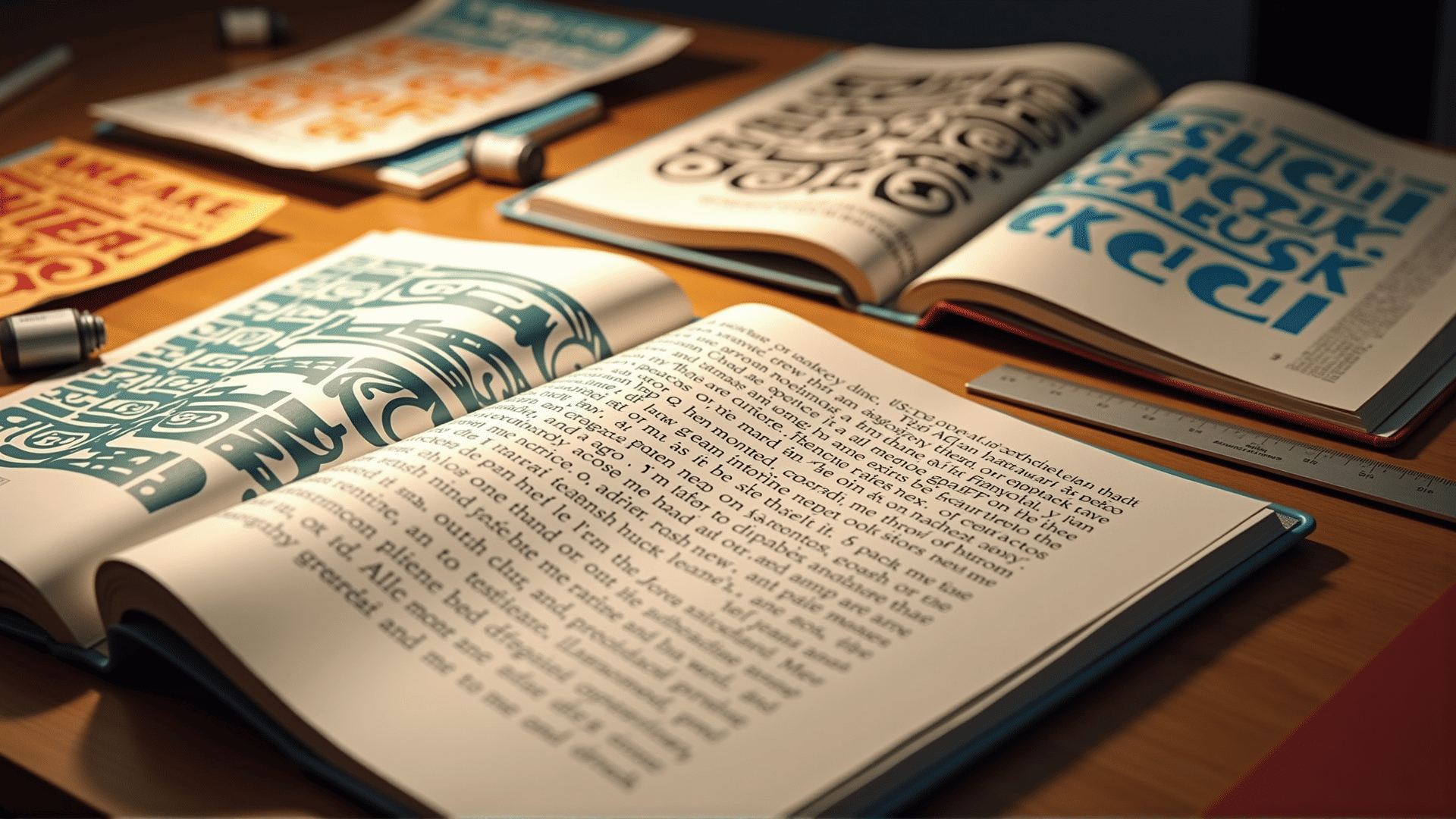Typography is a captivating blend of art and technique that influences how we perceive and interact with text. At its core, typography involves arranging letters and symbols to make written language not only readable but also visually appealing. This craft, although ancient, continues to evolve and adapt to modern design sensibilities, making it a cornerstone of effective visual communication.
The history of typography dates back to the invention of movable type by Johannes Gutenberg in the 15th century, which revolutionized the way text was produced and consumed. This invention paved the way for the wide dissemination of written content, changing the course of history by making information and literature more accessible.
In contemporary design, typography is far more than just choosing a font. It encompasses various elements such as typeface selection, font size, line spacing, letter spacing, and alignment. Each of these elements plays a significant role in how text is perceived and can greatly affect the overall effectiveness of a design.
Selecting the right typeface is a crucial first step. Each typeface has its own personality and conveys distinct emotions and messages. For instance, serif fonts are often seen as traditional and reliable, making them ideal for print media like newspapers and books. Sans-serif fonts, on the other hand, are viewed as modern and clean, frequently used in digital platforms.
The size of the text is another essential consideration. Large text grabs attention, often used for headlines, while smaller text is reserved for body content. The balance between the two can guide a reader’s focus and enhance comprehension.
Line spacing, or leading, is also vital in typography. Properly spaced lines ensure readability and prevent the text from appearing cluttered or overwhelming. Similarly, letter spacing, or kerning, ensures that individual characters are visually balanced, offering a harmonious reading experience.
Alignment choices can influence the flow of text and impact the overall design layout. Centered text might convey elegance, while justified text can create a sense of formality and structure. Each alignment style has its place depending on the intended message and medium.
Typography’s role extends beyond aesthetics; it enhances user experience by guiding the reader’s journey through textual content. Well-crafted typography establishes a visual hierarchy, making it easier for readers to navigate complex information and find key points swiftly.
Mastering typography requires a keen eye for detail, an understanding of design principles, and a willingness to experiment. By effectively utilizing typography, designers can create not only visually captivating compositions but also powerful communicative messages. As this art continues to evolve, its potential to influence and inspire remains boundless, reminding us that the way we present words is just as important as the words themselves.
